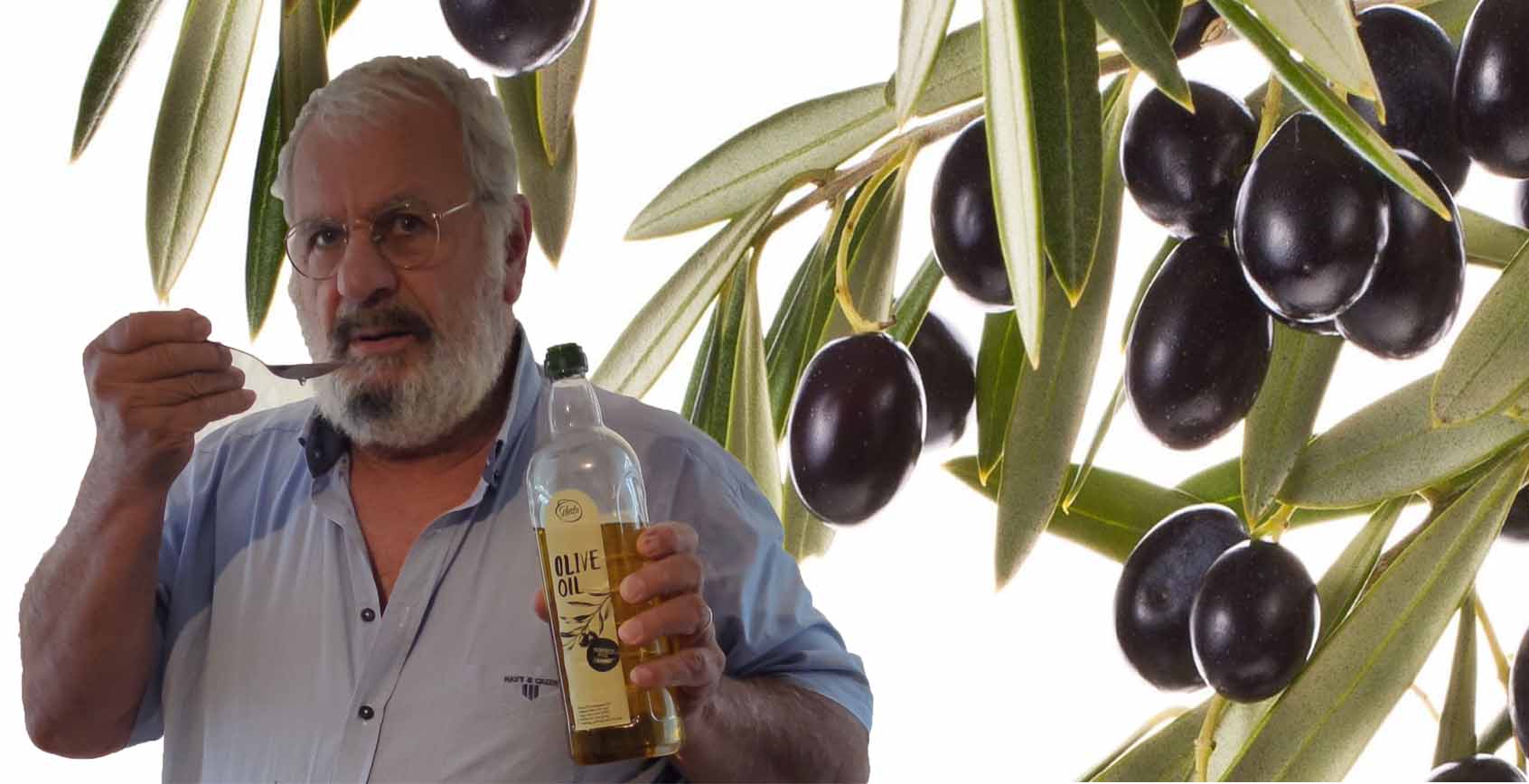Smart Food Shopping Tips

Author: Panos Platritis Clinical Dietitian Nutritionist BSc,MSc, Registered with GE SY Member of BDA, ESPEN, CYSPEN, SEPI
Advice for Food Purchases
Smart Food Shopping. With a little practice, these small shopping secrets will become part of your daily routine.
Decide your meals for the week and make a shopping list before going to the store. Stick to your list to avoid impulse buys that don’t fit your usual diet.
Avoid Shopping Hungry
Never go Grocery Shopping on an Empty Stomach. Hunger can lead to poor food choices.
Choose Whole Foods Over Processed Snacks
Smart Food Shopping: Avoid buying foods that you can eat without cooking. These are often less healthy.
WARNING
The reproduction of any part of the book by any means (photocopying, printing, microfilming, or any other mechanical or electronic method) is prohibited without the written permission of the author.
Smart Shopping
Only buy discounted items if they fit into your diet and meal plan. Otherwise, they may go to waste or lead to unnecessary eating.
Compare Brands for Better Value
If you want to save money by switching brands, compare the ingredients and nutritional labels first.
Make sure the alternative product meets your dietary needs.
Check Labels for Hidden Sodium
Look for salt and other additives in the ingredients list.
Be cautious of any label that includes the word “sodium.”
Understanding Sodium Labels
“Salt-free” = Less than 5 micrograms of sodium per serving.
“Very low sodium” = Less than 35 micrograms per serving.
“Low sodium” = 140 micrograms or less per serving.
“Reduced sodium” = The product has 75% less sodium than usual.
“Unsalted” or “No added salt” = Made without extra salt, but still contains natural sodium.
By following these tips, you can make healthier and more cost-effective food choices.
Tips for Healthy Cooking
1. The Healthiest Way to Cook Vegetables & Meat
Vegetables should be cooked gently and for a short time by steaming. Other foods should preferably be cooked at low temperatures in steel, clay, porcelain, or pure glass cookware. Steaming is the healthiest method for cooking plant foods, while boiling in plenty of water is recommended for animal foods. Avoid sautéing, frying, and overcooking.
2. The Right Temperature
It is best to cook on low heat, if possible at 150-180 degrees, and never above 200. Be careful not to let the temperature rise too much during cooking. Also, make sure the food retains its moisture, meaning it should not dehydrate.
3. Fried Foods? How to Do it.
If you need to fry, it is preferable to use a fryer with a thermostat. Choose a temperature that does not exceed 180 degrees. Olive oil is the most “resistant” and stable oil for frying.
4. Sautéing or Frying?
Sautéing is healthier than frying. However, it requires constant stirring of the ingredients to prevent them from sticking to the pan and burning.
5. The Cookware you Should Avoid.
Do not use cookware that contains aluminum, copper, or lead, and also those with a plastic coating, as they may release dangerous toxins during cooking, such as the carcinogenic tetrafluoroethylene.
6. What About Non-Stick Cookware?
What to watch out forIf you use non-stick cookware, do not preheat them, because after 2-5 minutes they release toxic fumes. If this happens, stop cooking immediately and activate the ventilation.
7. Marinating is Healthy! Prefer it.
Make sure to marinate the meats and fish for several hours before cooking them, as this enhances them with antioxidants, prevents their dehydration, and avoids prolonged cooking at high temperatures.
8. Cooking Fat or Not?
When baking in the oven, do not add cooking fat to the pan. Add a minimal amount of olive oil and to prevent the food from burning, add water.
9. Non-Stick Baking
traysCautionNon-stick baking trays should not be placed in the oven at temperatures above 260 degrees. If you want to bake at high temperatures, use a regular tray and line it with parchment paper or a special silicone surface that is heat resistant.
10. Do you have raw vegetables left over?
Cut them into sticks, sauté them in olive oil, deglaze with a little soy sauce, and your pasta sauce is ready!



